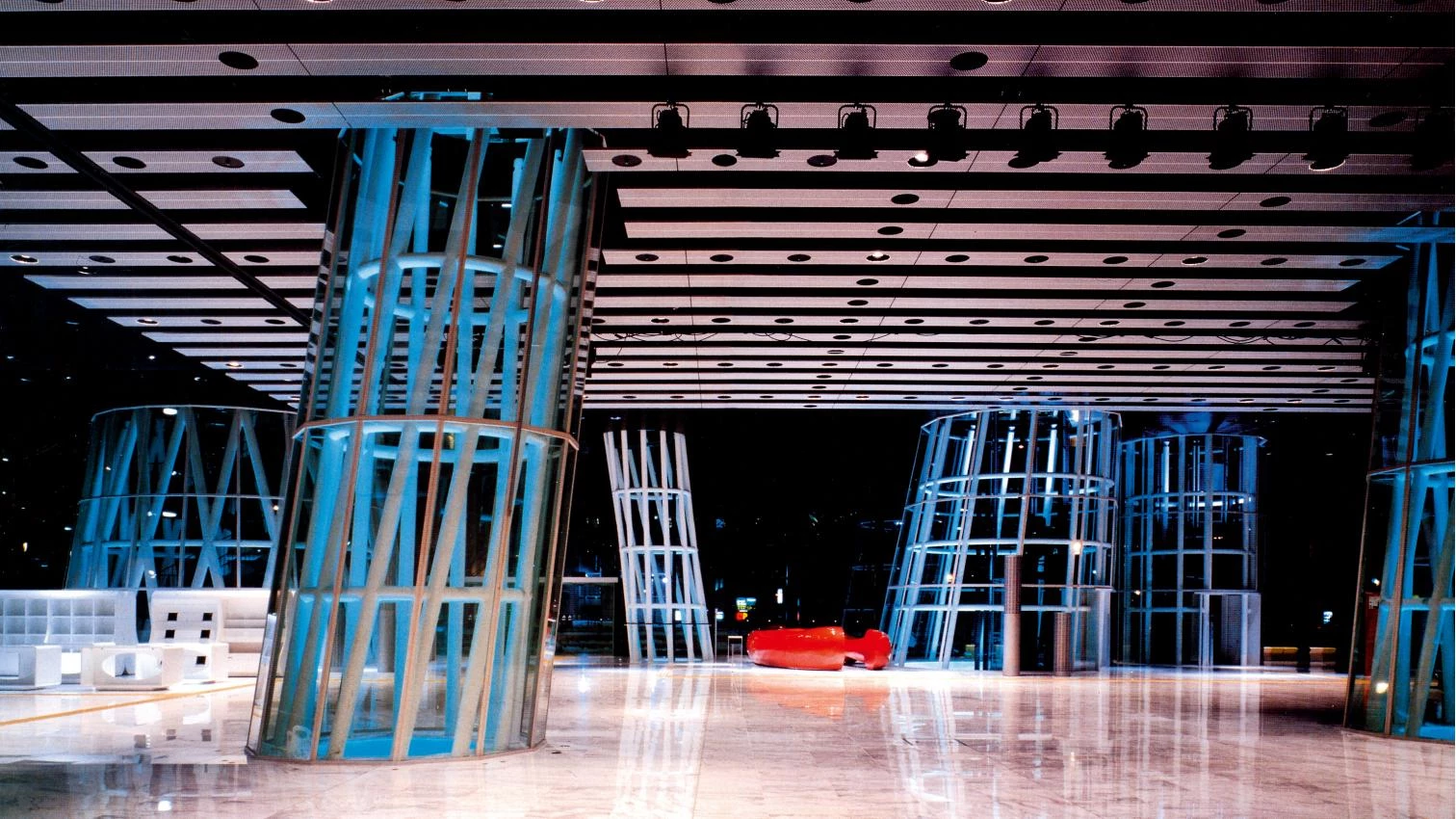
It is not unusual for star students to end up being feted with the same awards as their masters. A celebrated case in point is that of the Portuguese Eduardo Souto de Moura and Álvaro Siza, both Pritzker laureates. What is rare is the case of masters getting the prize after their disciples do, as has now happened to the Japanese Toyo Ito (born in Seoul in 1941), who won the Pritzker three years after it went to Kazuyo Sejima and Ryue Nishizawa, stretching the list of recipients from Japan that is graced by Kenzo Tange (1987), Fumihiko Maki (1933) and Tadao Ando (1995).
Chaired once again by Lord Palumbo, the jury has given the US$100,000 grant and the well-known bronze medallion to Toyo Ito for being a “pioneer who encourages others to benefit from his discoveries”, and for producing works that “combine conceptual innovation with superbly executed buildings”, prominent among which are the Tower of Winds in Yokohama (1986), the Serpentine pavilion (2002) and, most especially, the Sendai Mediatheque (2000), not to mention less successful endeavors in Spain, such as the ruinous ‘Snail’ of Torrevieja and the project for La Gavia Park in Madrid. Toyo Ito’s solidarity and commitment to the reconstruction of his country in the wake of the earthquake and tsunami of 2011 probably also played a part in determining this year’s winner of the prestigious architectural award, which will be given in a ceremony to be held this month of May in Boston.





